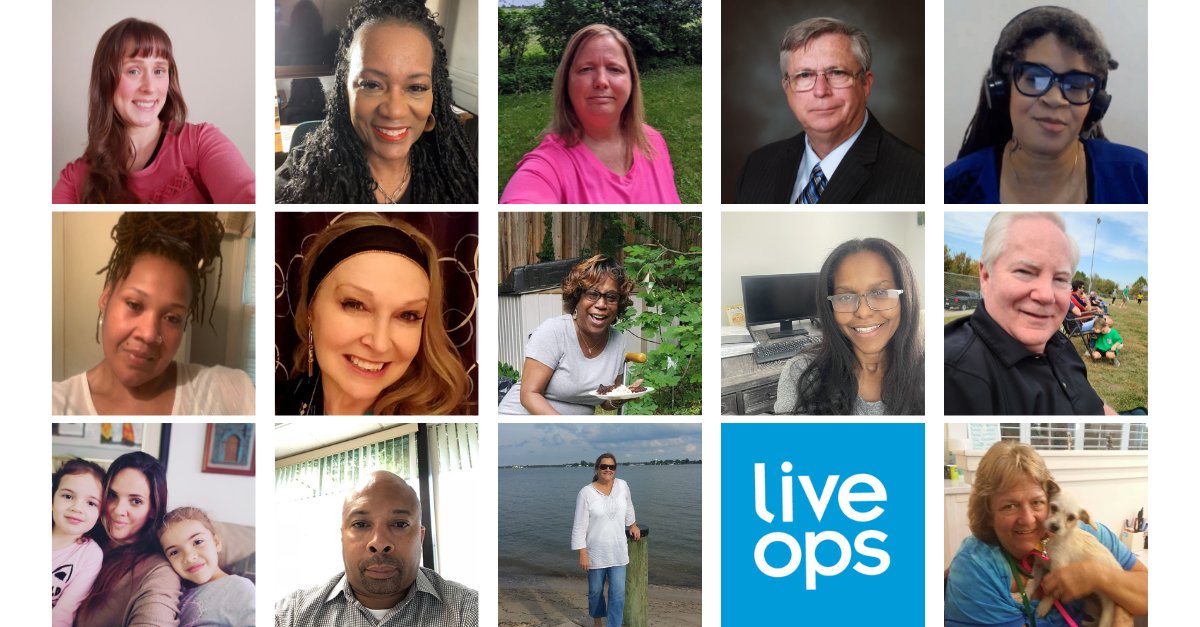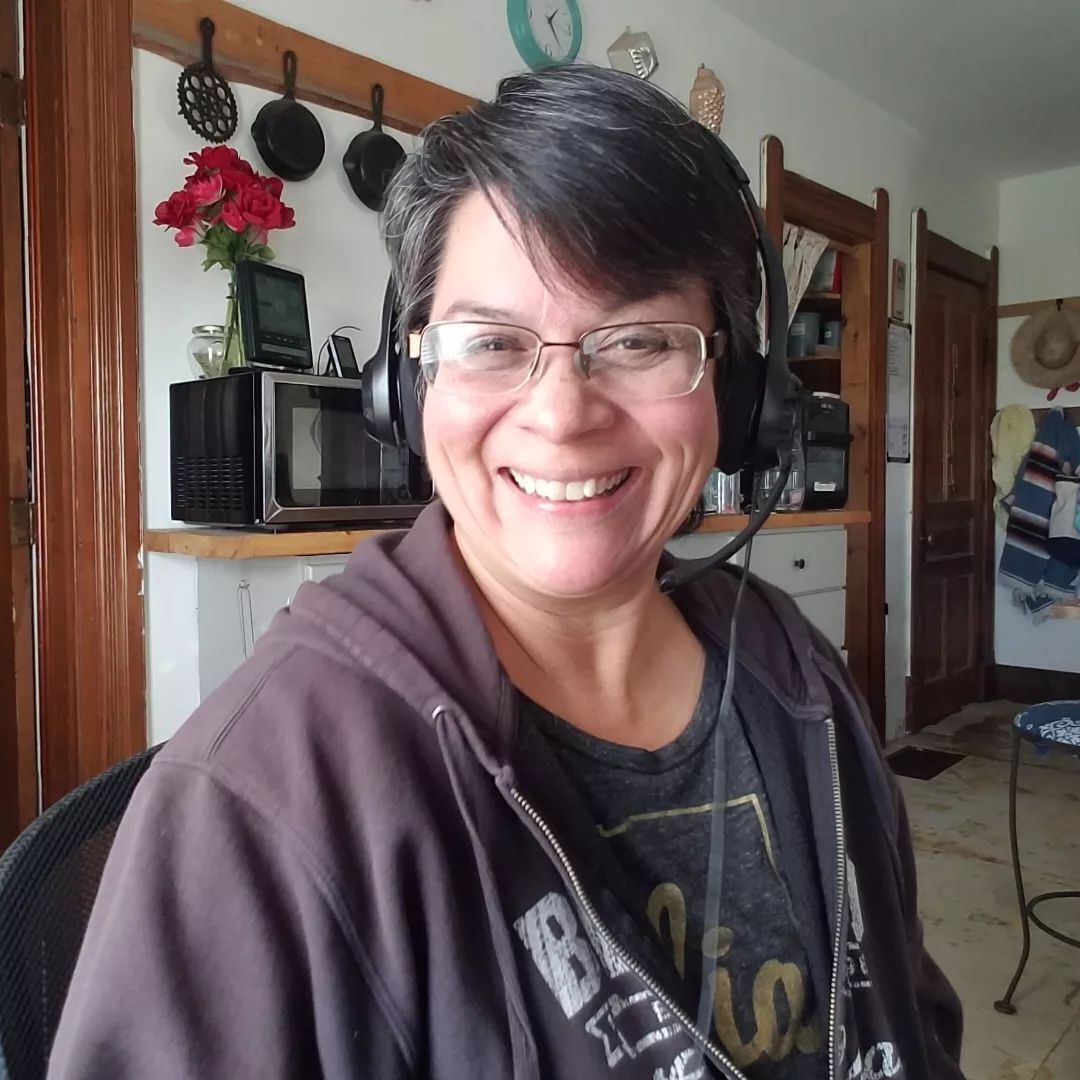Scalable contact center solutions drive results in healthcare
minutes

Patient experience is key to growth—and survival
As the new year begins, healthcare providers and others in the sector face deep uncertainty from the legislative arena and challenging spikes in demand during peak enrollment periods. Patient-facing service providers can count on patient experience continuing to be key to survival. contact center services is an area where health care leaders who want to push to the front of the pack can make strides in enhancing the patient experience.
Many healthcare industry organizations still have an old mentality of contact centers as cost centers, a necessary evil to work out administrative issues. But this 20th-century mentality detracts from healthcare organizations’ potential to be leaders in patient care services.
Hospitals, pharma, health insurers, and every other type of patient-facing organization need to make it easy for patients to engage. Their contact centers are low-hanging fruit.
According to Irene Vergules, a medical contact center consultant who has worked with organizations including Mercy Health and Temple University Health System, helping patients get access to front-line services is a vital part of bolstering patient engagement and satisfaction, according to an article in Patient Engagement HIT.
“People need to understand that patients are still customers,” Vergules said. “We need to really look at what does our access look like to our providers.”
HOW HEALTHCARE ORGANIZATIONS DIFFERENTIATE
Given that a moderately sized health system can have 50 call queues receiving roughly 1.7 million calls a year, health care providers should look at their contact centers as more than a cost center—it’s an opportunity to differentiate their service in the marketplace.
Those that modernize their contact center services with flexible agents will focus on::
- Agent hiring and retention. Agents are hired not based on geographic availability, but for their talent and specific skills, such as experience in healthcare, health insurance, and patient services. Agent retention boosts quality through agents’ deeper experience and ability to solve problems.
- Exceptional, measurable service. When patients receive help from people whose kindness and compassion is felt, they tend to make better medical choices. For example, Liveops agents boosted pharmaceutical compliance with outreach and patient follow-up.
- Increased agent flexibility and productivity. By selecting a flexibile workforce, health care organizations can scale contact center services to the changing needs of peak periods. This reduces costs from agent idle time and takes guesswork out of strategic planning.
HEALTHCARE CUSTOMER SERVICE SUCCESS STORIES
A nationwide provider of diabetic testing equipment and other medical supplies came to Liveops in need of help to service surges in demand. Short-form commercials and corresponding demand for the medical products necessitated a workforce that could flex up during times when those commercials played, rather than in a fixed-shift cadence typical of traditional brick-and-mortar contact centers. Commercials also aired at irregular hours, which led to an influx of calls that a traditional contact center model effectively field.
With a patient base of 260,000, and as one of a select few providers authorized by the Centers for Medicare and Medicaid Services, the company had complex needs for its contact center services. With Liveops’ flexible model, the company is able to ramp from a zero need to more than 1,000 agents. Resources are available for as many as 2,300 agents to be simultaneously taking calls.
Liveops provides granular, real-time reporting and campaign tracking to help the medical supply company make informed decisions and optimize media buys for future planning. The company also benefited from 24×7 access to call recordings to ensure quality.
The results tell the story:
- 20% improvement in agent productivity
- 15 to 34% better order values than the industry average
- 99.99% availability
- 30% reduction in agent ramp-up time
- 90% of calls are answered in 20 seconds, previously unprecedented for this company
Post-call quality audits showed an average 94 percent satisfaction score, with more than 17,500 calls taken in one week.
“Liveops is a trusted partner that enables us to keep up with customer service demands. They have played a critical role in our business model and have become a perfect extension to help deliver an outstanding customer experience,” said a representative for the company.
IMPROVING PATIENT COMPLIANCE THROUGH OUTREACH
In another health care scenario, a major pharmaceutical company hired Liveops to support patients on its advanced drug therapies. It’s noteworthy that the patient audience is one the company expects to have for the long-term because of serious chronic diagnoses, which is why providing the highest quality experience is critical.
At the same time, dynamics of a traditional contact center pose hurdles in providing high long-term patient satisfaction. Agent attrition and changing drug regulations that require constant learning present challenges. Yet Liveops already had depth in providing contact center support for healthcare audiences and agents who are HIPAA-certified, have health care experience and usually a college degree.
The pharmaceutical company is seeing greater consistency in service delivery and its patient satisfaction scores have increased 20 percent.
Additional results are impressive as well:
- 85% of calls are answered within 30 seconds.
- Agent attrition is less than 10%.
- Agent onboarding time was reduced 30%.
Healthcare organizations that use Liveops not only avoid headaches associated with launching and operating a contact center but they only pay for services actually provided to patients and customers.
Interested in learning more about the Liveops on-demand model? Download our Heathcare Industry solution brief or check out 3 strategies to consider to improve customer service flexibility.




